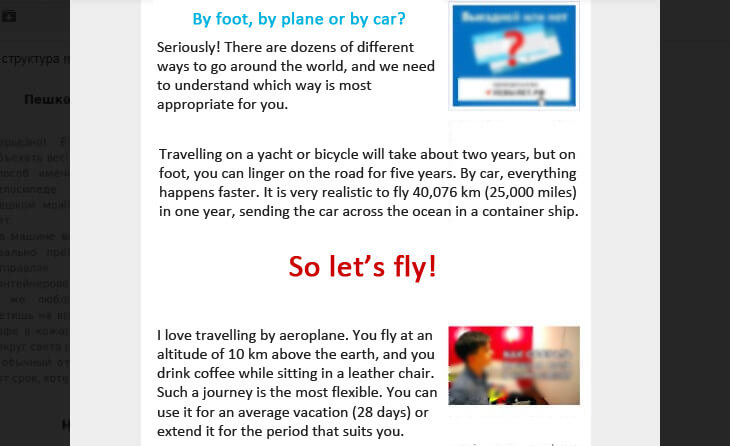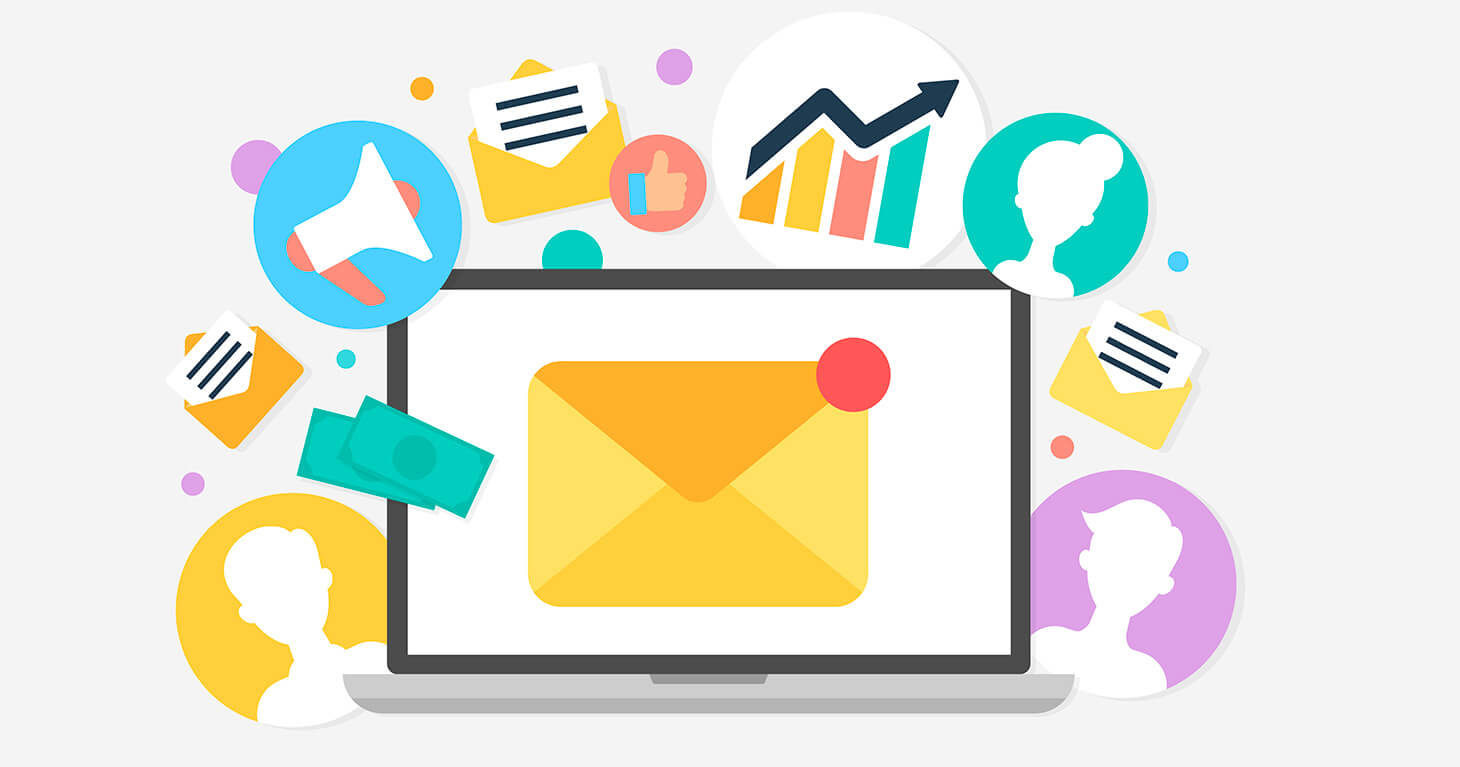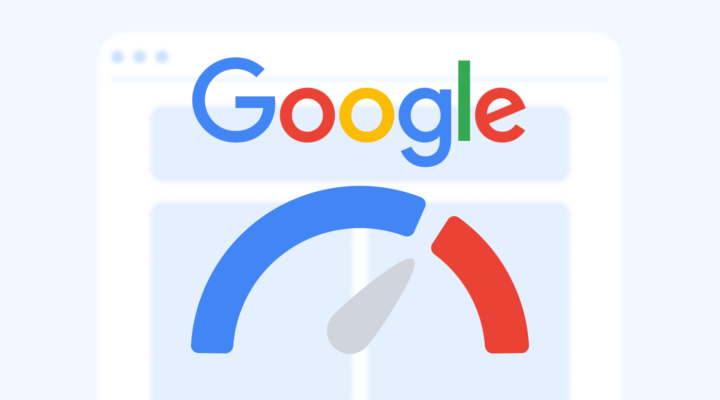How to Build a Subscriber List
When building a subscriber list, like life itself, the main thing is to diversify. I try to collect emails addresses of potential customers wherever a person meets my brand and me. This website, my social networks, my videos on my YouTube channel, and even the back side of my business card all include an appeal to my readers or viewers leave me their email addresses in exchange for a bonus on their next trip. The main ways I ask for those email addresses are the following:- I use a welcome popup form on the site. The average time spent on the site is 90 seconds, so the appears after 45 seconds. That stops the irritating display of a popup as soon as the page is loaded. The popup is shown for one person once every three weeks.
- I include a subscription form inside the articles.
- I use a ‘sticky’ form that is always seen on the bottom of the screen.
- A pop-under (disabled on mobile devices, and shown once every three weeks) can be used when the user is about to leave the site. You should be careful with this tool, however, because Google can ban sites for using aggressive marketing when pop-unders and irritating popups are included.
- I ask for email addresses on my social media pages
- I pin a comment below each of my YouTube videos asking for email addresses.
The Most Effective Method for Collecting Subscribers
In my case, the best method is my popup form and a call for subscriptions with a ‘Download’ button. When a person has already learned the necessary information on the site and is going to close it, a popup form appears with a proposal to leave their email and receive three bonuses. Such forms with bonuses or downloads have created the largest conversions so far. The reader has already received the necessary information from articles that maximally reveal the essence. He has no desire to surf further, but he has demonstrated some loyalty to the site over time. Therefore, it’s an easy decision to leave his email address. When comes to calls to action, adding the word ‘download’ increases conversion by at least 1–2%. Especially, I have noticed that the calls to subscribe on YouTube have worked very well. There are three links with different formulations:- Learn;
- Get;
- Download for free.
Conversion Through Different Channels
- Conversion from the site: 2% (about 750 new emails from 35,000 visits per month)
- Conversion from YouTube: 7%
- Conversion from business cards: 50%
- Conversion from live masterclasses: 30%
How to Use Your Email Database
I use my database to sell my training courses, as well as for affiliate sales through Travelpayouts and other affiliate programs. Basically, all the work with subscribers is built by using auto-mailings (once set up, you can fly Bali for a vacation). The logic is:- A visitor leaves his email address.
- He receives an email with a promised bonus and a teaser about the useful email will come tomorrow.
- If he opens the email, then he receives another email in five hours later promoting the training course for $15.
- The next day he receives another useful email with all the links to my social network pages and YouTube channel.
- Later, I alternate the emails between paid and free content.

Services for Organizing Email Dispatches
I started to organize email dispatches when the Smartresponder service was still live. Then I moved to MailChimp, and basically, it suited me. Now there is only one base: those who receive a selection of fresh articles from me weekly. This is implemented via RSS. Once it’s tuned, you don’t do anything. There I still have the free plan (up to 1,000 subscribers). I also send letters about some sales for my courses through MailChimp. Now I’m leading the base to SendPulse, which is a very nice and easy-to-use interface. Even with the free plan, all the functions are available (including auto-mailing), and it’s free for up to 2,500 subscribers. In SendPulse, there’re push-notifications that send out to mobile phone numbers (if you collect them) and many other small functions that are convenient for me. For example, I created a variety of messages for people who have issued an order from me but have not paid:




